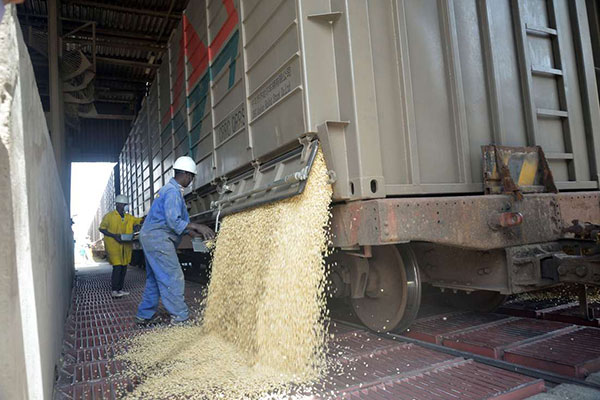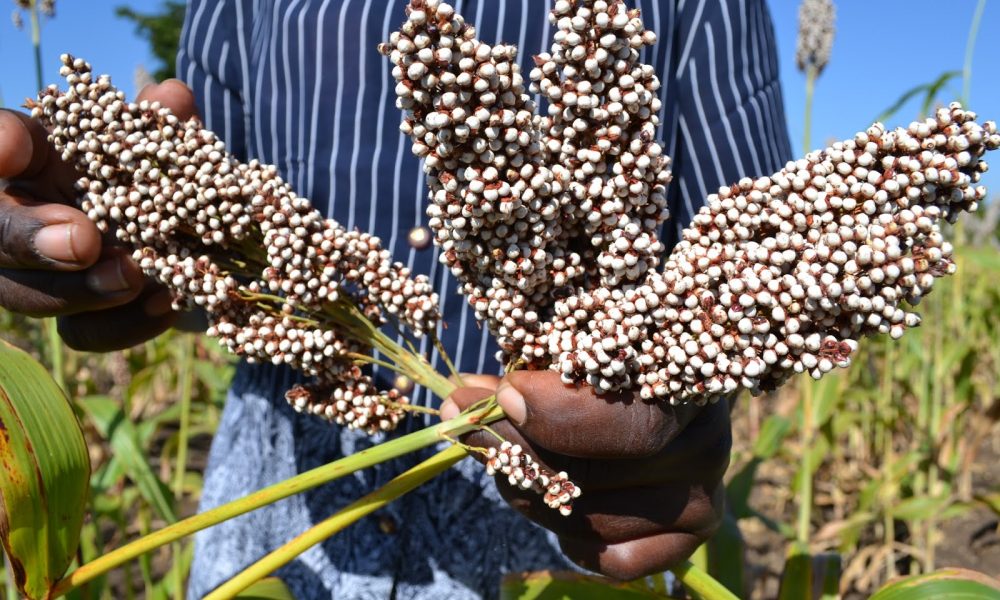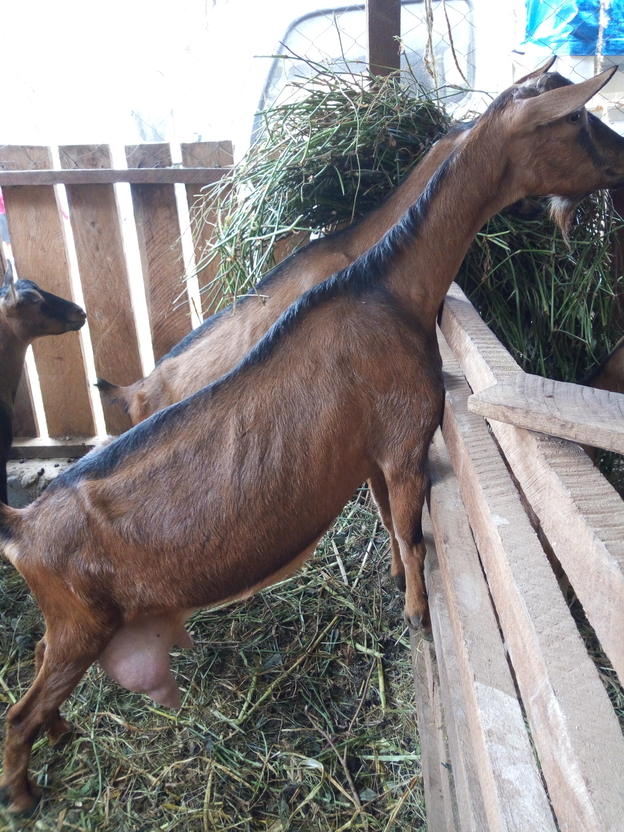Farmers can reduce post-harvest losses in maize by up to 30 per cent by properly drying their grains, maintaining the cleanliness of the stores and treating the grains after harvest.
The Kenya National Bureau of Statistics Economic Survey of 2018 reveals that farmers lost Sh26.9bn worth of maize produce last season to post harvest losses.
The November to December period is the peak of maize harvesting in the North Rift region that contributes more than 60 per cent of the country’s staple food, maize.
The Kenya Agricultural and Livestock Research Organization reports that post-harvest storage losses of 20 to 30 per cent occur in maize six months after harvest if no intervention measures are taken in securing of the grains.
Some of the factors that contribute to these post-harvest losses are maize weevils, moths, rats and mice, moulds, fungus and large grain borers.
To reduce this, harvest the produce when the ear cob droops (hangs down). This is then followed by drying on the ground for a period of three to four days depending on the presence of sunlight.
Related content
Drought tolerant maize variety matures in three months ready for fresh green market
Newly launched maize flour maker buying maize from Busia farmers
International research organization warns of killer chemicals in Kenya’s milk, meat and maize

Maize offloading from a train. Courtesy
Drying helps to reduce the chances of aflatoxin attack which is a fungus that crops on crops due to high moisture content above 13 per cent. Consumption of high levels of aflatoxin can be fatal, and chronic exposure has been linked to liver cancer, suppressed immune response, and child stunting.
Ensure that the store where the maize will be kept is free of old grains as they may be carrying weevils or moths and other pests.
To control weevils and moths, treat the maize grains with actellic powder at the rate of 50g per every 90kg bag. A container for measuring the amount is available on the package with the cost of the powder varying depending on the quantity. A 200g packet enough for four 90 kg bags costs Sh250 on average in agro-vet stores across Kenya. The powder is dusted on the grains and thoroughly mixed using a shovel.
Rats and mice are controlled by keeping of cats or rat guards.
After dusting, store the maize in air tight storage bags which suffocate any form of pests. These bags are available at Sh200 each in agro-vets.
The government has this year set the price of a 90kg bag of maize at Sh2,300 down from Sh3,200 last year due an expected increase in production of the produce from 35.2m bags in 2017 to 46m bags this year.
Write comment (0 Comments)
















